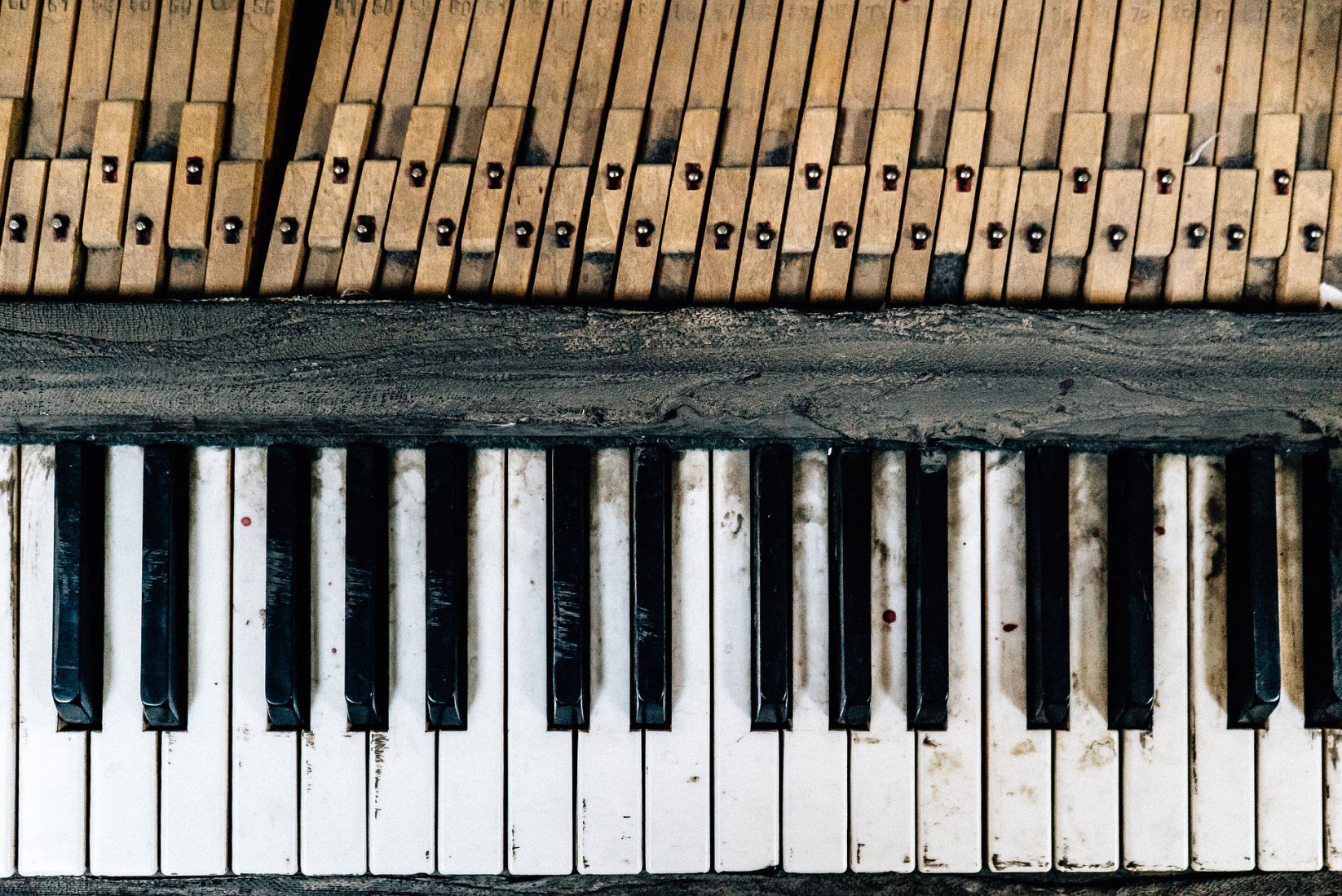A piano is a musical instrument that is played by pressing keys on a keyboard. Each key corresponds to a different pitch, which is the note that is produced when the key is pressed. The piano has a range of more than seven octaves, which means that it can play a wide variety of notes.
Pianos are used in a variety of settings, including in orchestras, as solo instruments, in chamber music, and in jazz bands. They are also a popular choice for home use, as they can be used to play a wide range of music styles.
Pianos are made up of a number of different parts, including the keyboard, the soundboard, the strings, and the pedals. The keyboard is the most important part of the piano, as it is used to produce the notes. The soundboard amplifies the sound of the strings, and the pedals are used to control the sustain and the volume of the sound.
Pianos come in a variety of sizes, from grand pianos that are more than nine feet long to upright pianos that are around four feet tall. There are also a variety of different types of pianos, such as acoustic pianos and digital pianos.
Pianos are a popular choice of instrument for a variety of reasons. They are relatively easy to learn to play, and they offer a wide range of musical possibilities. Pianos are also a very versatile instrument, as they can be used in a number of different genres of music.

